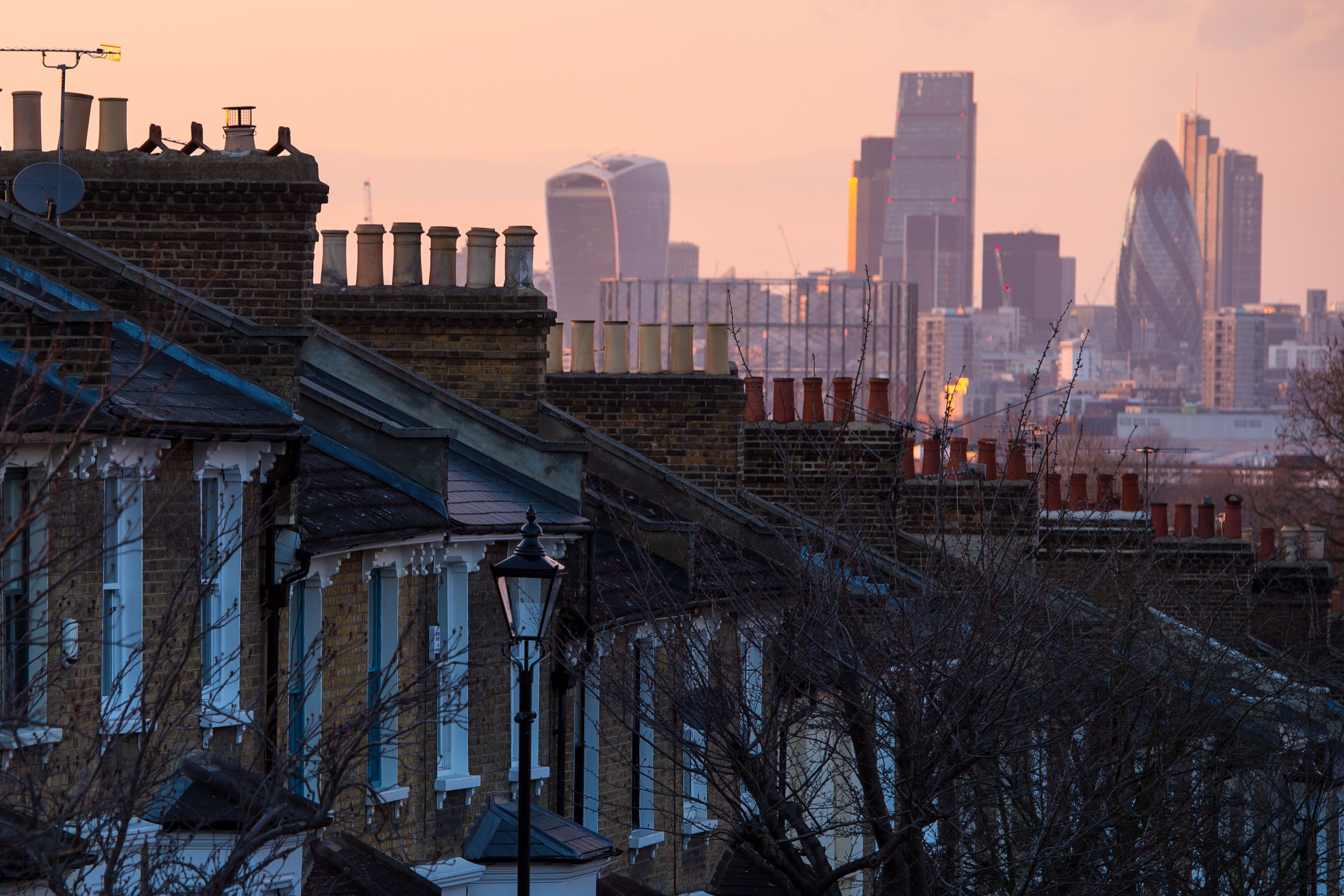Advertised rents at record highs, but some landlords now being forced to reduce asking prices, Rightmove says
The average advertised rent in London also hit a fresh high in the first quarter of 2024

Average advertised rents have hit a new record high, but there are signs that landlords are having to reduce prices to meet what tenants are able to afford.
The average monthly rent across Britain, excluding London, that was being asked for on the property market in the first quarter of 2024, was £1,291, Rightmove found.
This was 8.5 per cent higher than a year earlier, which was lower than the annual rise of 9.2 per cent recorded in the fourth quarter of 2023.
The average advertised rent in London also hit a fresh high in the first quarter of 2024, but, at £2,633 per month, it was just £2 higher than the average asking rent in the fourth quarter of 2023.
London asking rents were 5.3 per cent higher in the first quarter of 2024 than a year earlier, slowing from a 6.1 per cent annual rise in the fourth quarter of 2023.
The Independent has previously reported that millions of Britons are struggling with the cost of living and record-breaking rent price increases.
Although the balance of supply and demand is slowly improving from its peak, Rightmove estimates that nearly 50,000 rental properties would still be needed to head back to the pre-pandemic level of rental supply.
The number of available rental properties is 11 per cent higher than last year, but 26 per cent below 2019 levels, the website said. It added that, while the number of tenants looking for a home to rent is lower than a year ago, it is still higher than in 2019.
Letting agents are fielding an average of 13 inquiries per rental property, Rightmove said.
While this is down from 19 at this time last year, it is still nearly triple the average of five in March 2019.
Rightmove also pointed to signs that tenant affordability is being tested, with reductions in rental prices at a five-year high for this time of year.
The proportion of rental properties with a reduction in price stands at 22%, up from 16% a year earlier, and the highest at this time of year since 2019, when the proportion was 23%, Rightmove said.
Asking rents for the biggest homes, including four-bedroom detached houses and properties with five bedrooms or more, are the most likely to be reduced, it added.
A third, 30 per cent, of top-of-the-ladder properties currently see a reduction in price, a new record for this time of year in Rightmove’s data going back to 2012.
Rightmove’s director of property science, Tim Bannister, said: “The rental market is no longer at peak boiling point but it remains at a very hot simmer.
“Looking at data across the whole market, we can see some slow improvements for tenants with more choice, and competition with other tenants slowly starting to ease. However, tenants may not feel the benefit of some of these improvements in their local market, as the balance between supply and demand remains so far from pre-pandemic levels.
“The fact that, even with some improvements to the level of supply, we are still nearly 50,000 properties behind the pre-pandemic market, is a stark reminder that the industry needs more good quality rental homes.”
Simon Thompson, group lettings director at Miles & Barr in Kent, said: “I think it is fair to say that price growth has eased; however the pace of new supply coming on to the market is also starting to slow, probably due to a combination of the relatively low numbers of new landlords coming into the market, and a few landlords looking to sell.
“There has been an increased number of price reductions, but this is mainly happening at the top end of the market, with smaller homes still in high demand.”
Additional reporting by PA
Join our commenting forum
Join thought-provoking conversations, follow other Independent readers and see their replies
Comments
Bookmark popover
Removed from bookmarks